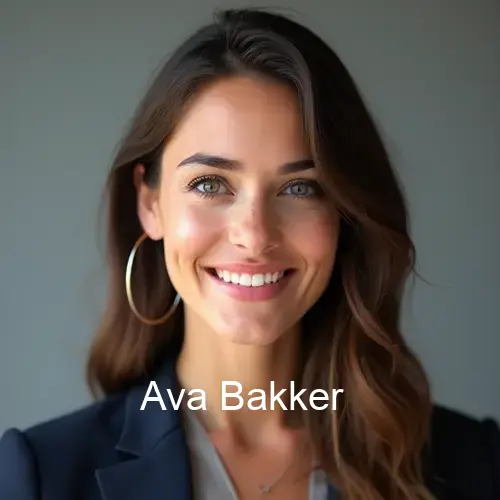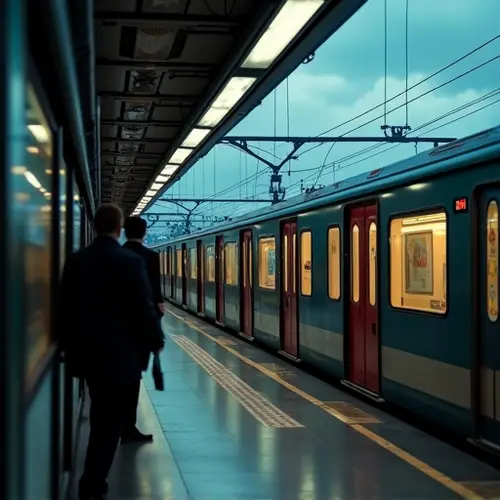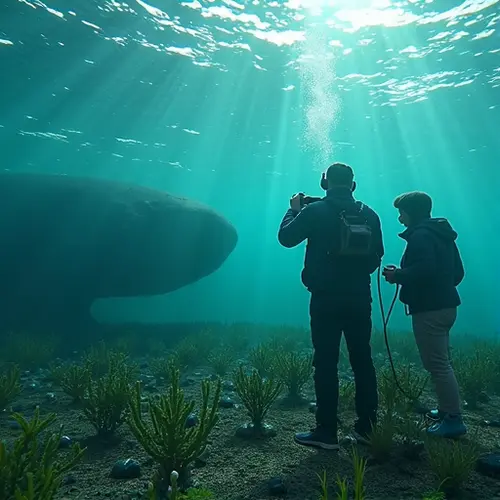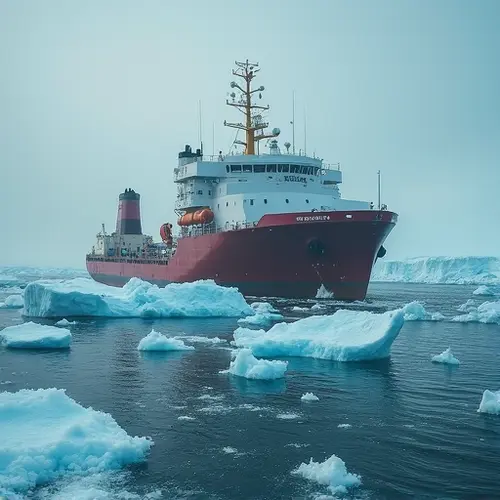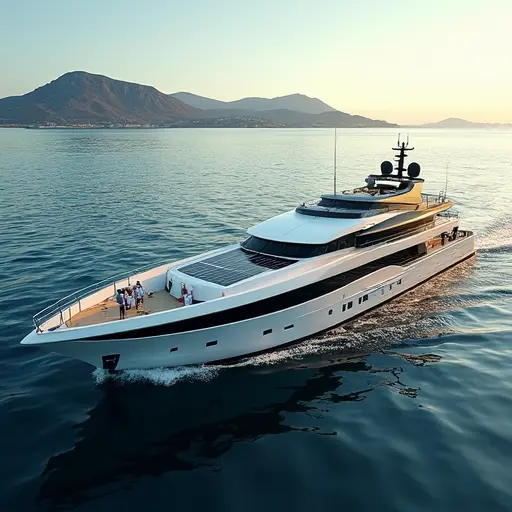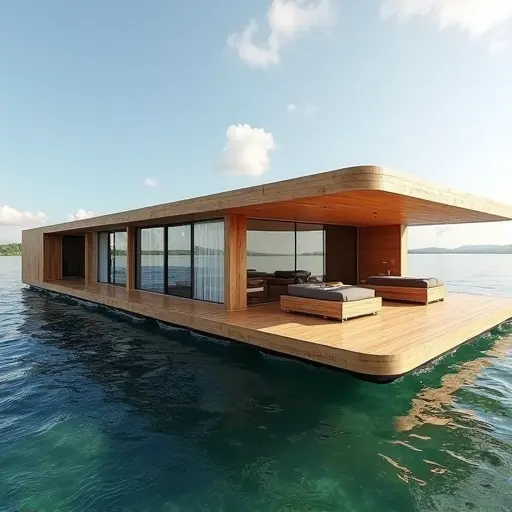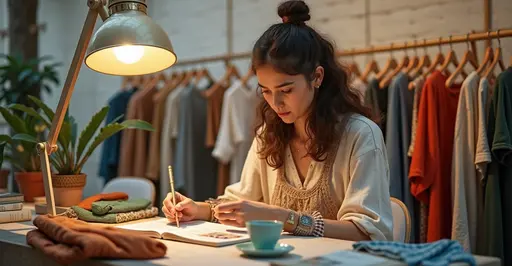
Sustainable Fashion Pop-Up Markets Bloom This Summer
This summer, cities are witnessing a surge in pop-up markets dedicated to sustainable fashion, where local designers are taking center stage to promote eco-friendly clothing lines. These temporary retail spaces are not just shopping destinations but hubs of innovation, combining style with environmental consciousness.
The Green Fashion Revolution
Driven by Gen Z consumers who prioritize sustainability (47% refuse to buy from non-eco brands), the secondhand apparel market grew 28% between 2021-2022, reaching $177 billion globally. Fashion's environmental impact is staggering - responsible for 2-8% of global carbon emissions and massive water pollution from textile dyeing. Pop-ups like Phoenix's Ivory House Vintage Shop and University Street Market offer solutions by extending garment lifecycles.
Local Designers, Global Impact
At these markets, emerging designers showcase collections using recycled materials, organic cotton, and innovative processes like waterless dyeing. "Reimagine: Sustainable Style" by EcoChic uses augmented reality to display garment lifecycles, while vendors like Rancidresales feature femme-focused upcycled designs. Isaiah Barajas of Ivory House notes: "Sellers thrive when they curate passionately - it's about showcasing personal style, not mass trends."
Beyond Shopping: Experiential Sustainability
Modern pop-ups blend commerce with education through AR garment tracking, DIY repair stations, and fabric recycling bins. Eddie Pan, creator of University Street Market, explains: "We're building communities, not just customer bases." The HTSI Summer 2025 report highlights how these spaces prioritize Instagrammable eco-installations and workshops on mending techniques.
Economic Ecosystem
Full-time resellers like Rachel McComas balance pop-up earnings ($100-$1000 daily) with online platforms like Depop. Markets provide affordable entry for new designers, with Ivory House offering 10x15ft spaces for independent sellers. As Pan observes: "The freedom attracts people - you're your own boss solving unique challenges."
The Future of Fashion
With the secondhand market projected to hit 10% of global apparel by 2024, these pop-ups represent fashion's shift toward circular economies. As consumers increasingly reject fast fashion's environmental toll (85 million tons of textile waste annually), sustainable pop-ups offer stylish alternatives proving ethics and aesthetics can coexist beautifully.

 Nederlands
Nederlands
 English
English
 French
French
 Deutsch
Deutsch
 Espaniol
Espaniol
 Portugese
Portugese



